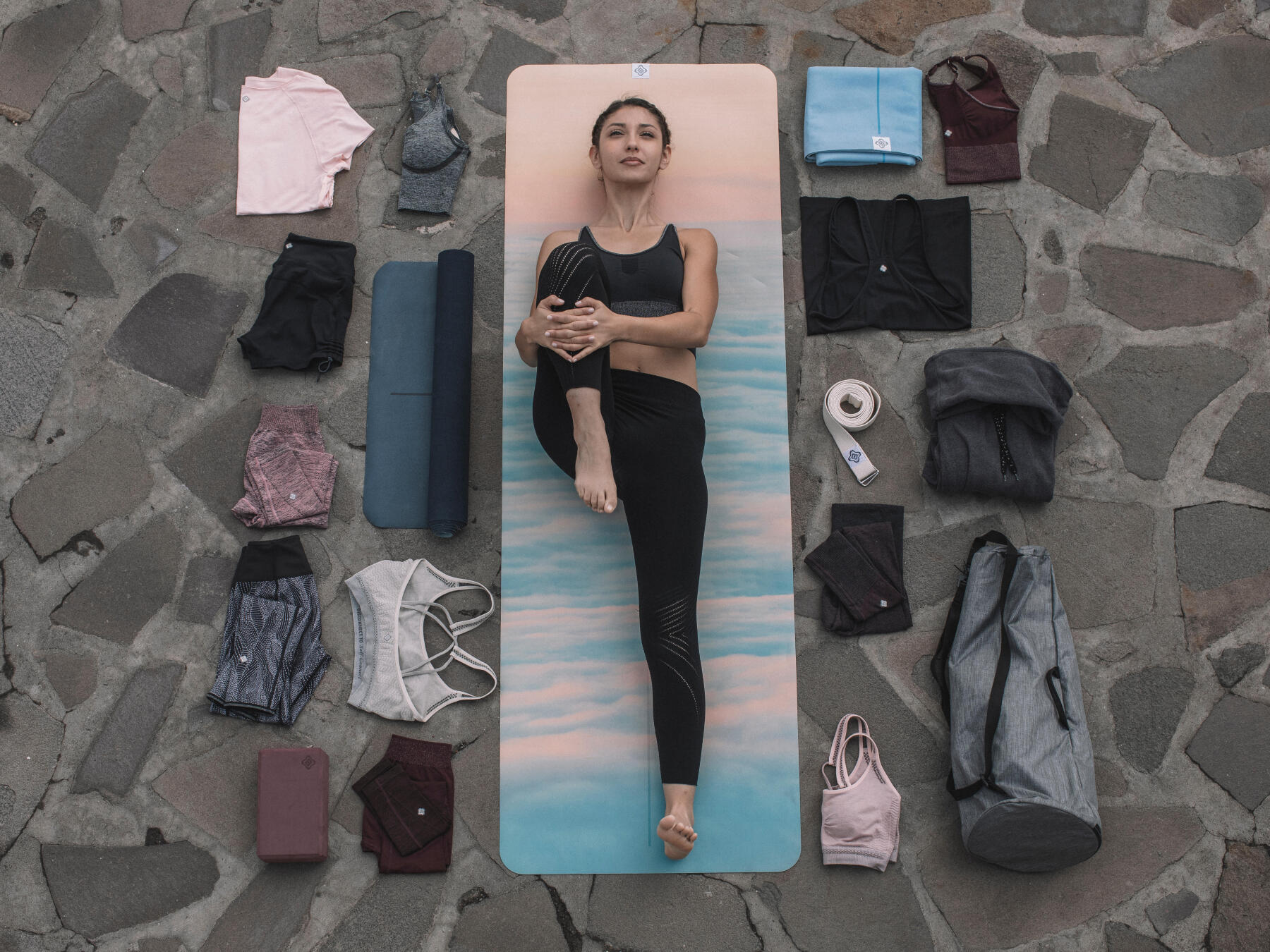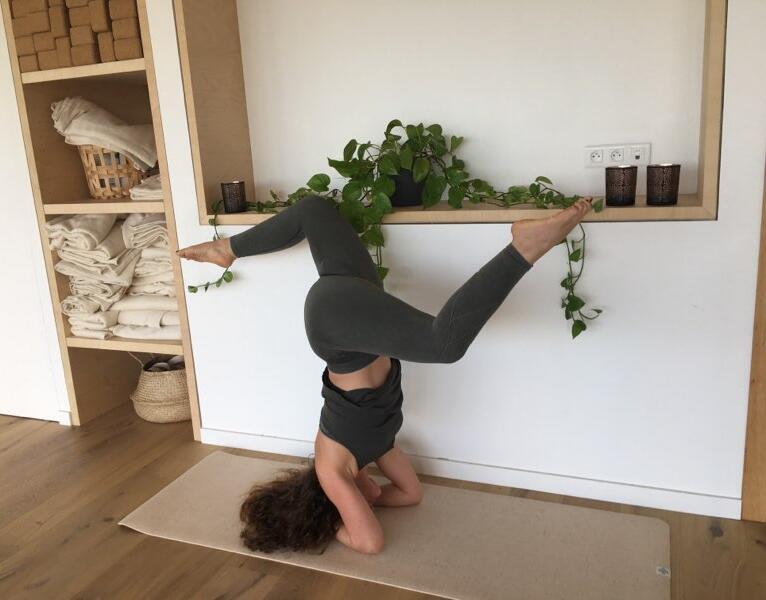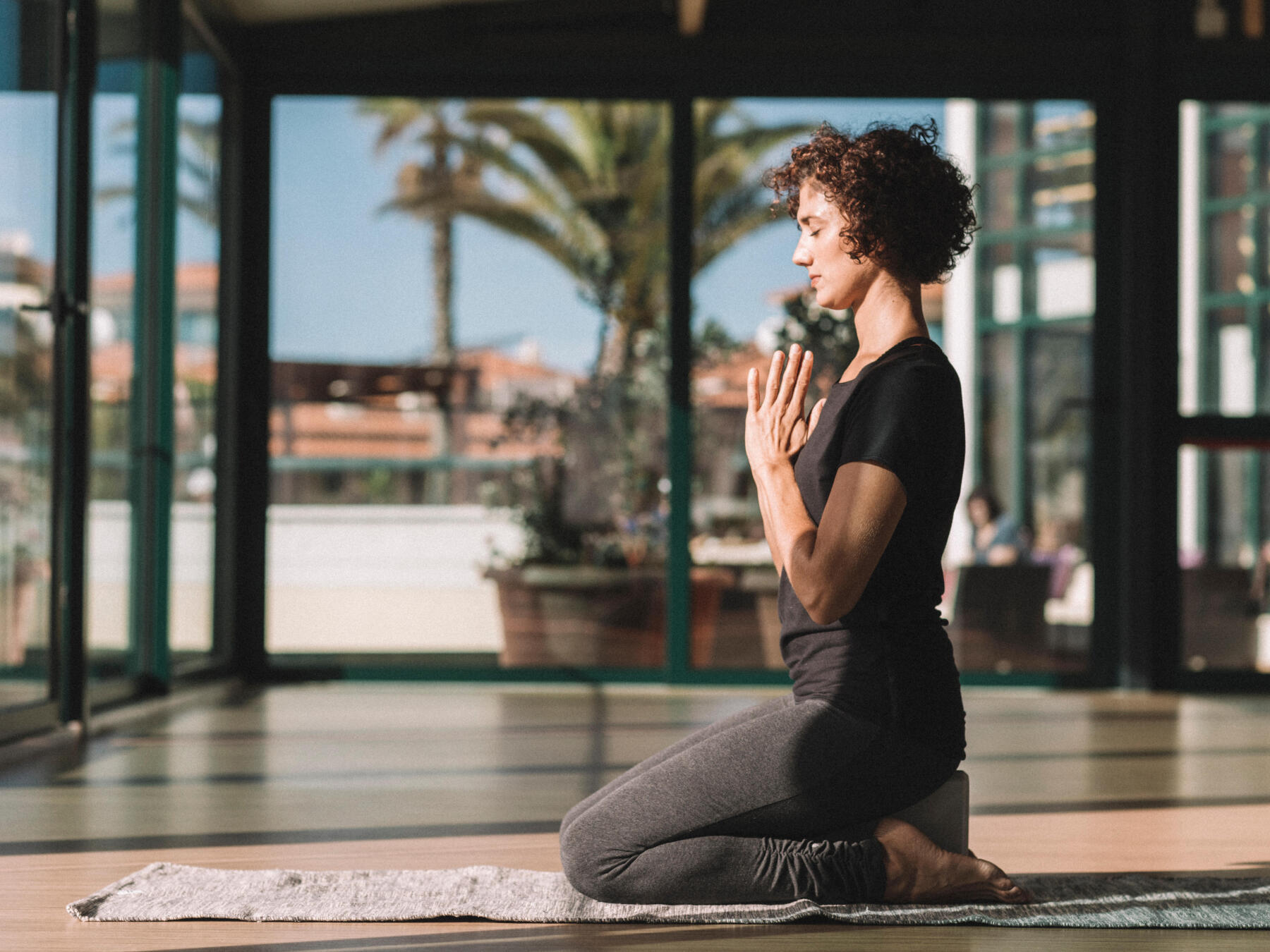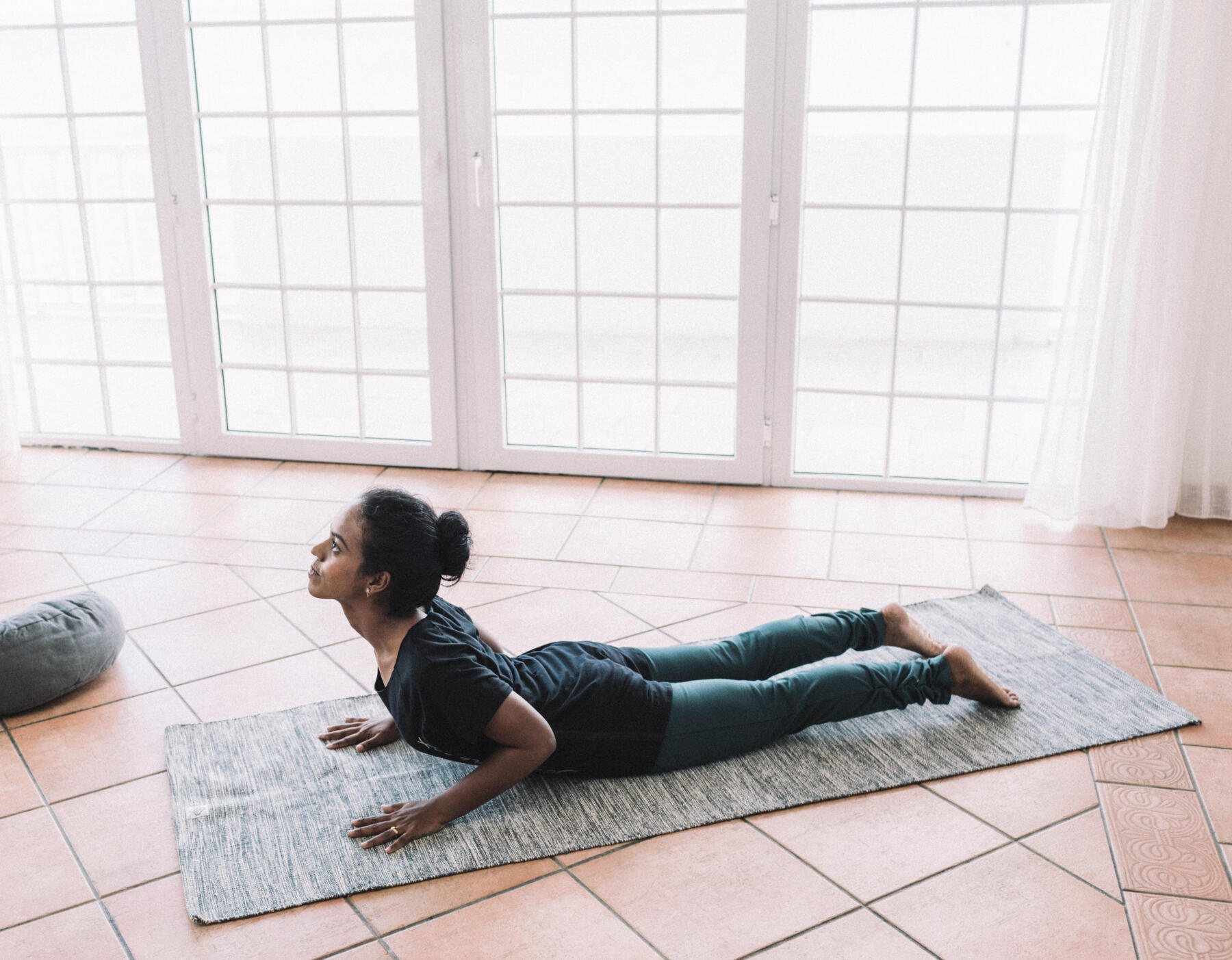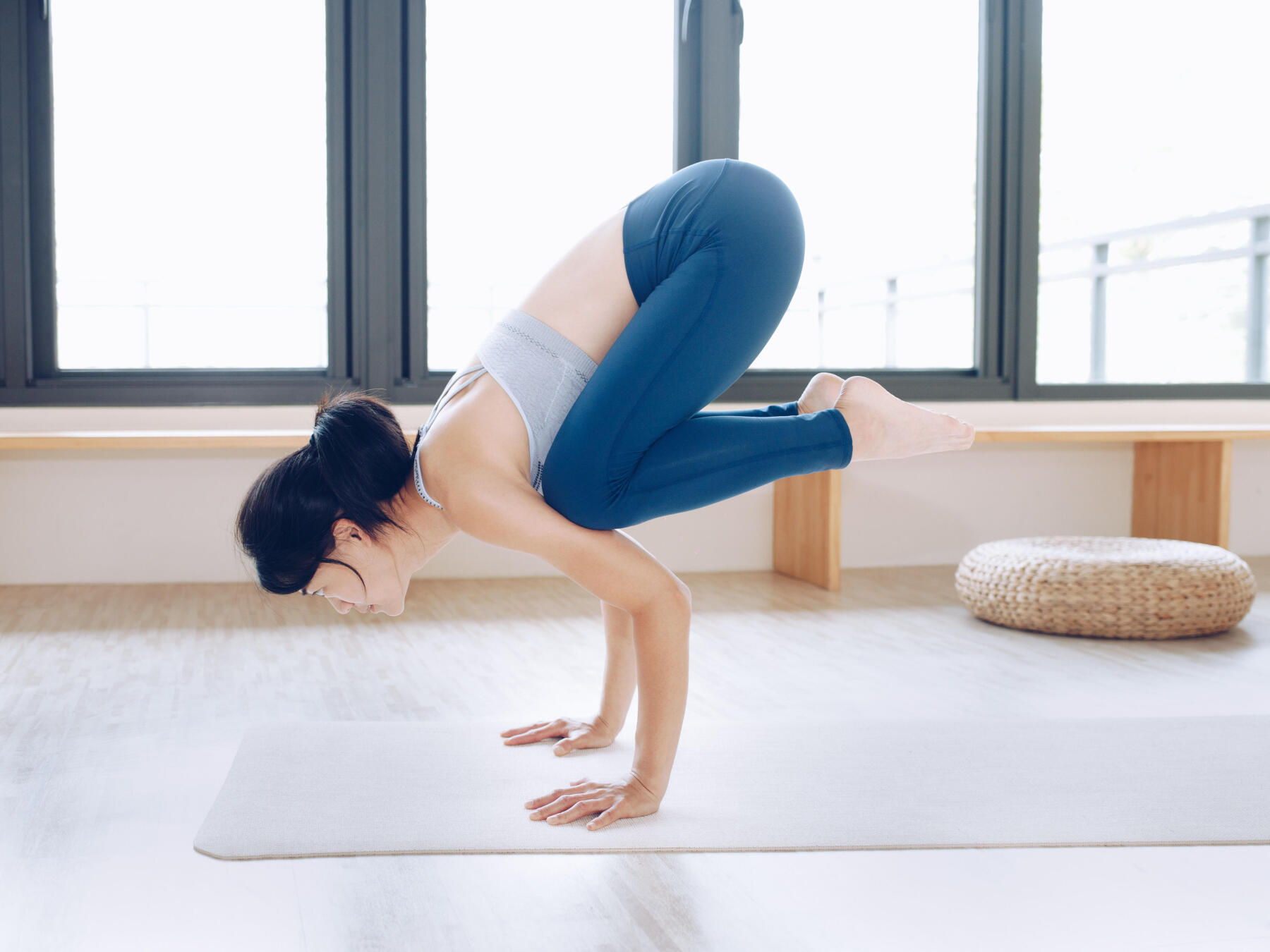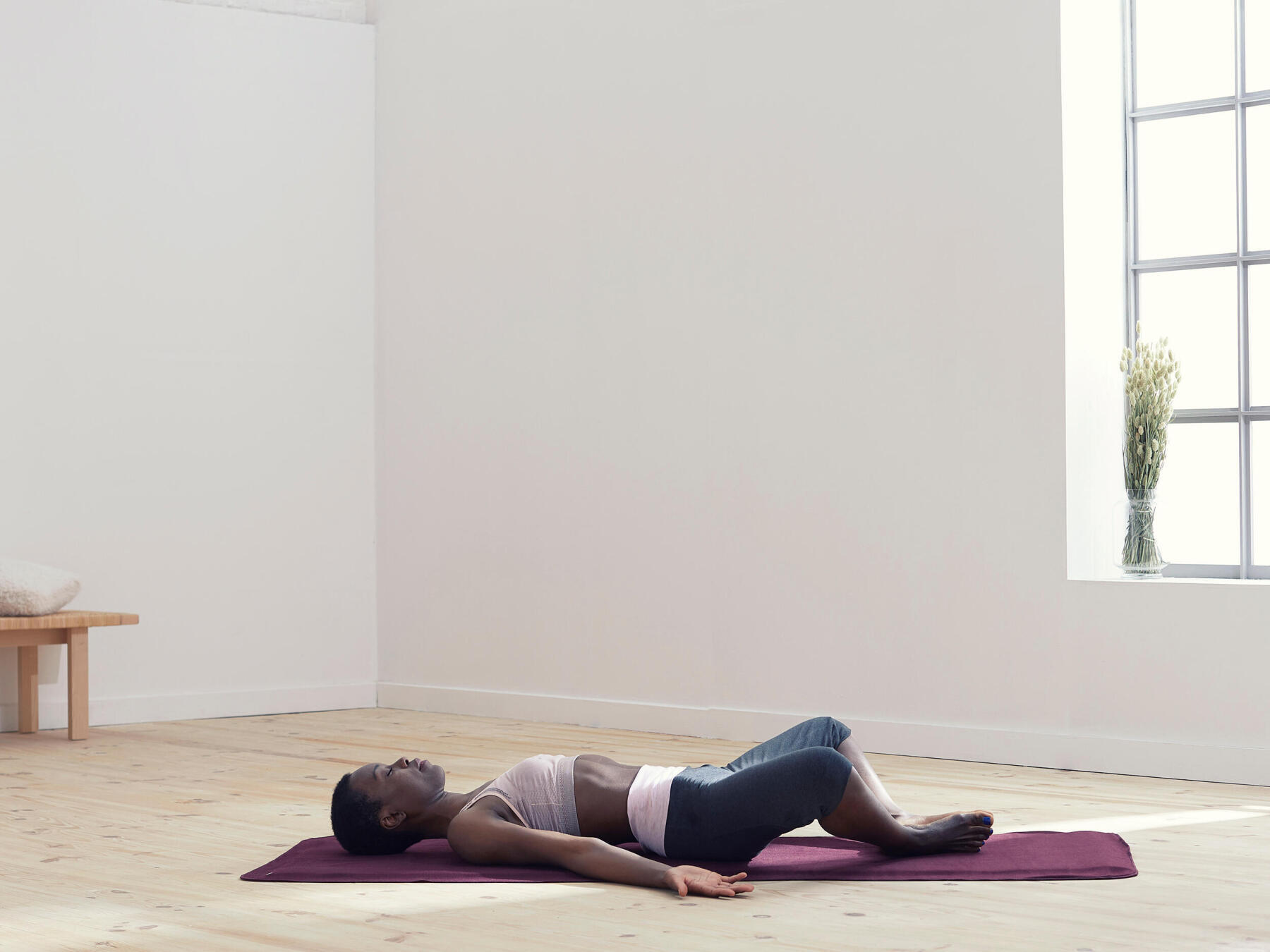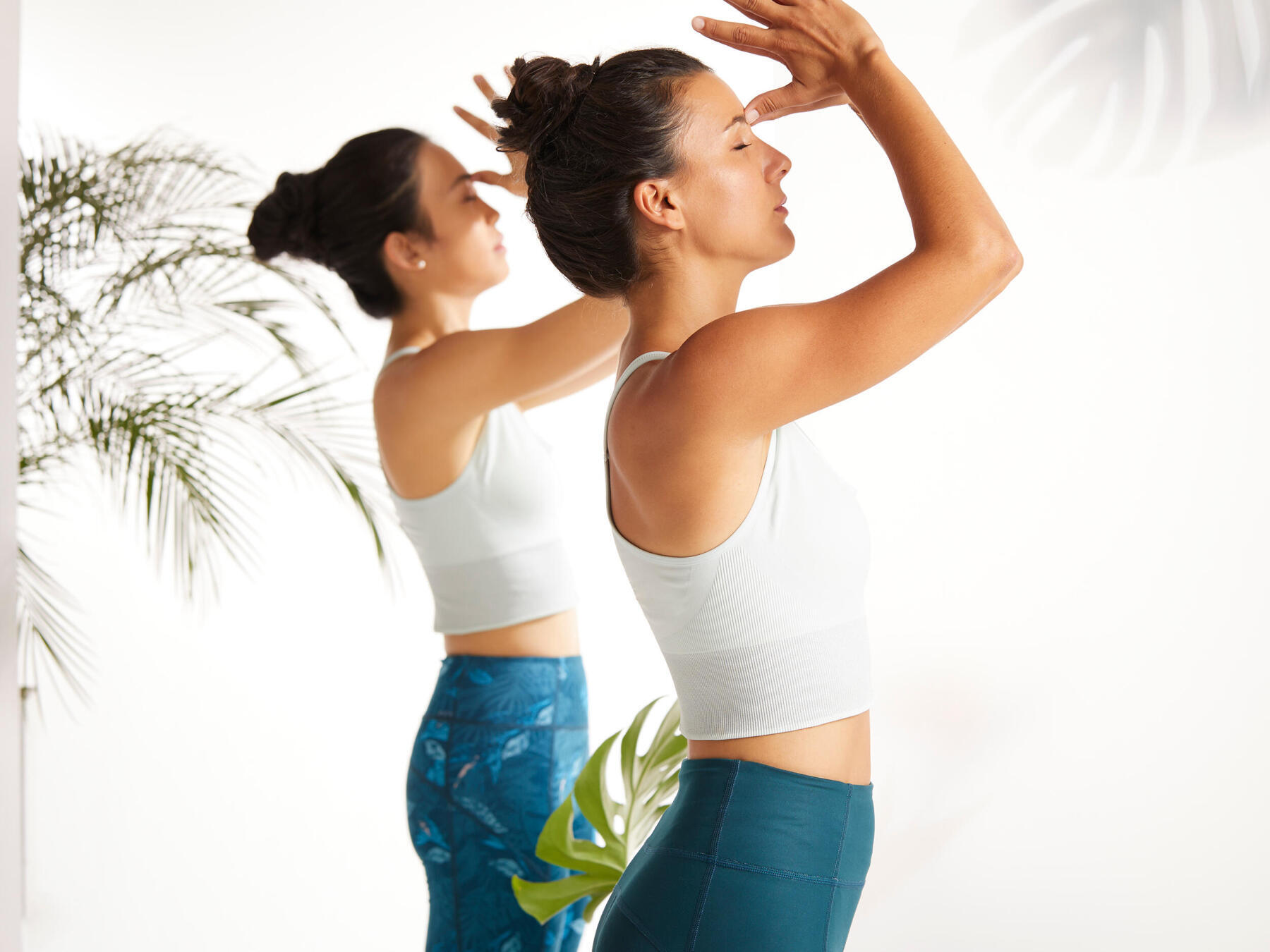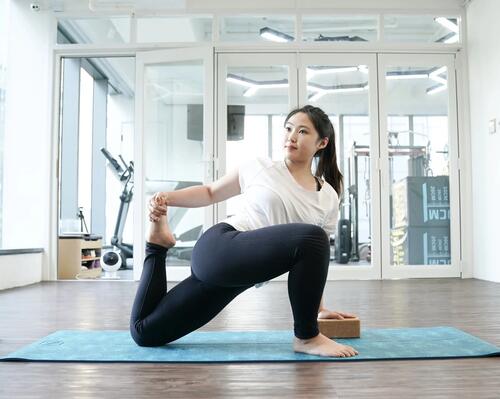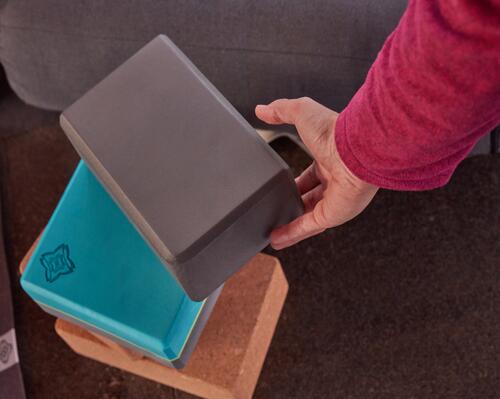1. Do your research
There are many different types of yoga, and before you begin, it might be good to do some research. Some questions to ask yourself: Which poses call out to you? Which sequences look fun to you? Which style - Hatha’s slow and controlled pace, or Vinyasa’s powerful and flowing sequences - are you comfortable with?
The style of yoga you choose to stick to will help you choose the right yoga clothes and mat that are suitable for your practice.

